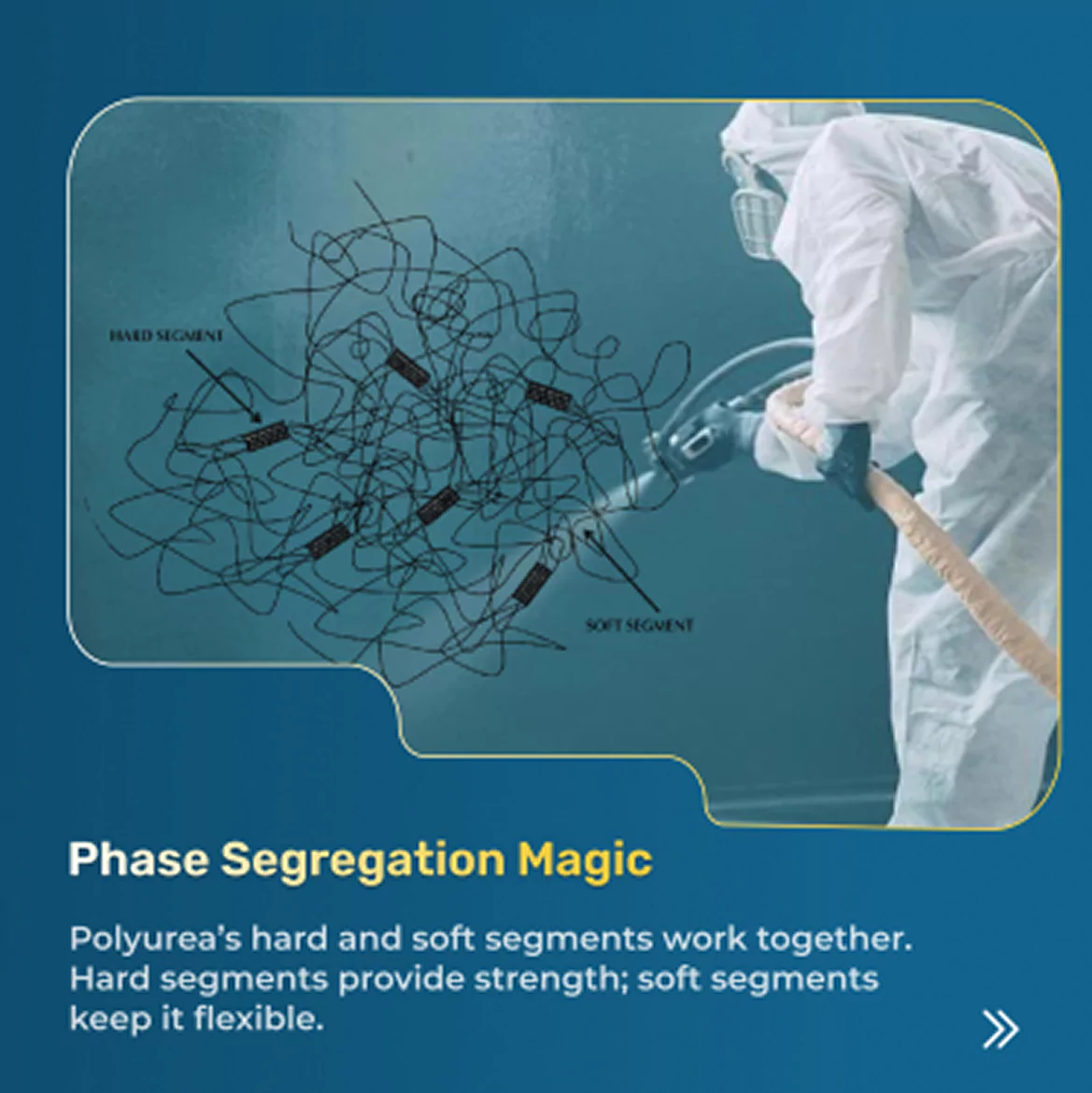Key Insights on Polyurea Coatings
Wiki Article

Polyurea Coatings
In the world of industrial and commercial protective solutions, polyurea has emerged as one of the most innovative and reliable materials. Known for its durability, fast cure time, and resistance to chemicals and weather, polyurea coatings are now widely used across numerous industries.
Whether you're dealing with automotive, marine, construction, or manufacturing needs, polyurea offers a level of performance that traditional coatings simply can't match. It’s applied quickly and dries within seconds, making it an ideal solution for projects with tight timelines and environmental demands.
One of the most impressive aspects of polyurea coatings is their adaptability. They can be sprayed on virtually any surface—metal, concrete, wood, or even foam—while forming a seamless and waterproof layer. This characteristic is especially useful in applications where long-term exposure to moisture or corrosion is a concern.
Another key advantage of polyurea is its eco-friendliness. Unlike many other coating systems that emit high levels of VOCs (Volatile Organic Compounds), polyurea has low to zero VOC emissions, making it safer for the environment and for people working around it.
Polyurea coatings also provide excellent protection against abrasions and impacts. This makes them highly desirable in high-traffic areas, equipment that undergoes regular stress, or any environment where surface damage can lead to expensive repairs or downtime.
In summary, investing in polyurea is not just about enhancing surface aesthetics—it's about long-term protection, reduced maintenance costs, and ensuring durability under harsh conditions. As industries continue to evolve, materials like polyurea coatings will remain at the forefront of advanced surface protection technologies.
If you’re looking for a cutting-edge solution that combines performance, versatility, and environmental safety, polyurea is the answer. It’s time to upgrade your protection strategy with a material that’s built for the future.